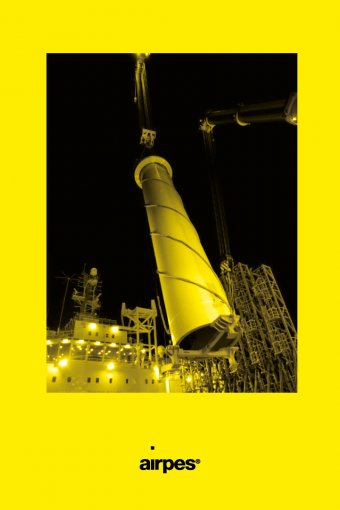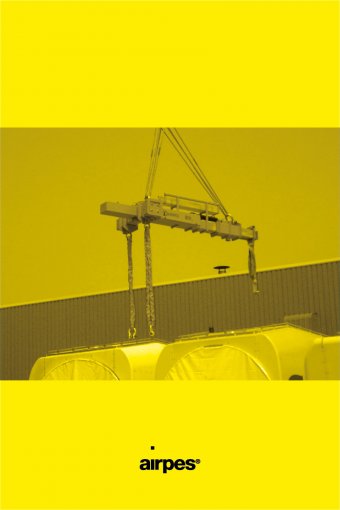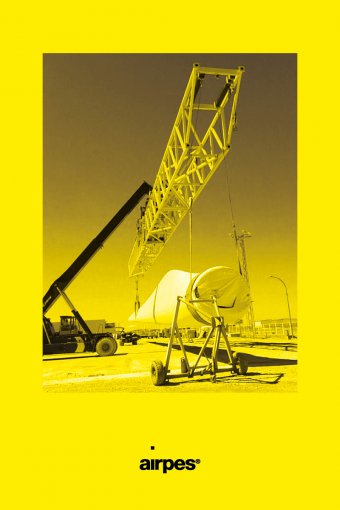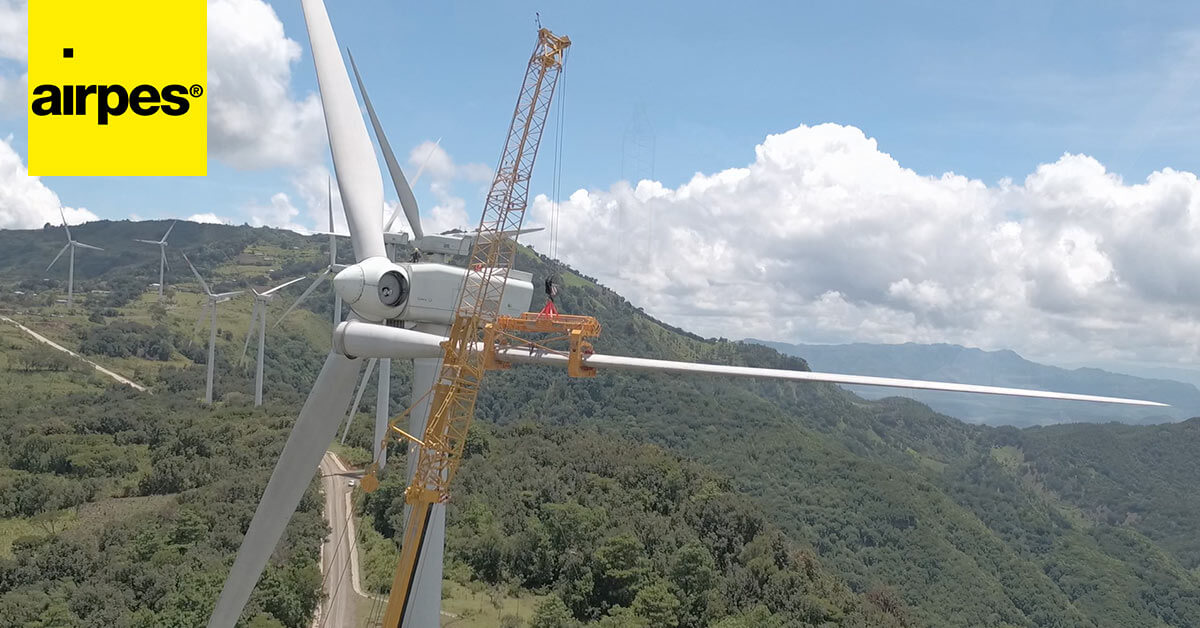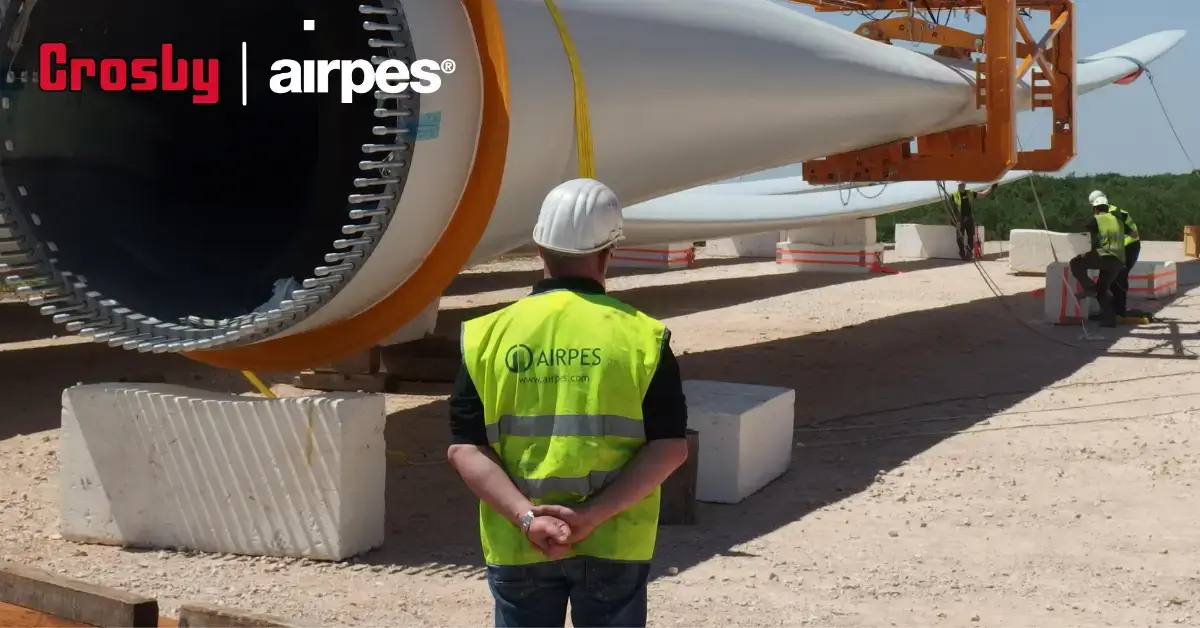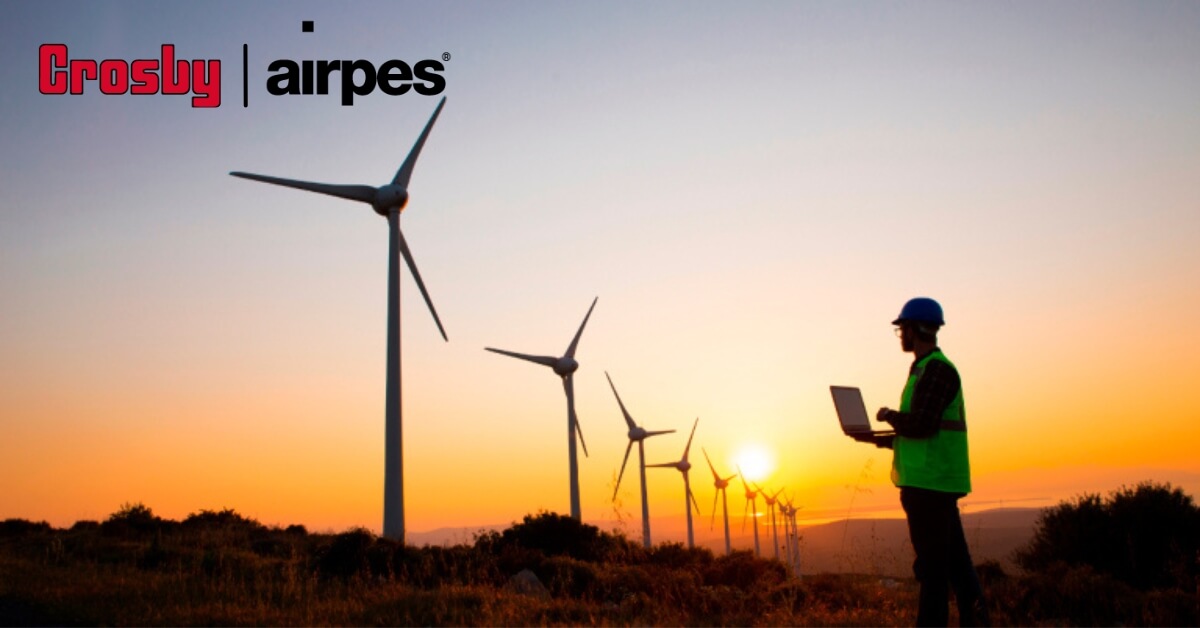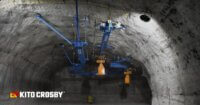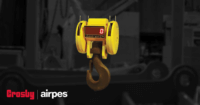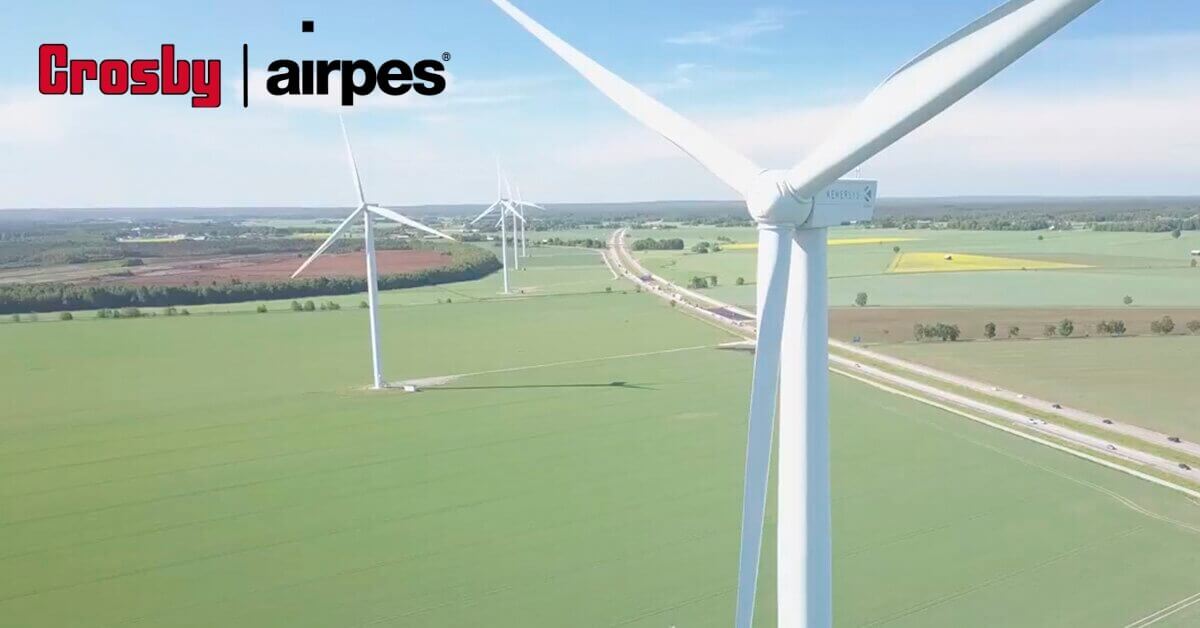 People dedicated to the wind turbine industry are well aware of the difficulties involved in the start-up of wind turbines in order for them to work properly. If you are in charge of planning, building and running a wind farm, you know that it is not an easy task. At Crosby Airpes we offer lifting, handling and transport solutions for the wind industry. We want to help you and make your job easier. We always want to help you make your work easy.
People dedicated to the wind turbine industry are well aware of the difficulties involved in the start-up of wind turbines in order for them to work properly. If you are in charge of planning, building and running a wind farm, you know that it is not an easy task. At Crosby Airpes we offer lifting, handling and transport solutions for the wind industry. We want to help you and make your job easier. We always want to help you make your work easy.
That’s why we also have compiled six models and tools that will help you plan your entire project, from financing to future forecasts for your wind farm and all the resources needed for wind energy.
6 industrial wind energy tools for modeling and optimization
These modeling tools have been recommended by the Office of Energy Efficiency and Renewable Energy of the Government of the United States of America. They will allow you to get data and information about each step in the process of energy development.
What tools are used for wind energy?
1. Jobs and Economic Development Impacts (JEDI) Models
Jobs and Economic Development Impact (JEDI) models are user-friendly tools that allow you to estimate the economic impacts of constructing and operating power generation at the local and state levels.
It can have different applications:
– To understand the jobs.
– To know the economic impact of biofuels, coal, concentrating solar power, geothermal energy, marine and hydrokinetic energy, natural gas and photovoltaic power plants.
For example, JEDI estimates the number of in-state construction jobs from a new wind farm. Models for wind power include distributed wind and utility-scale wind for both onshore and offshore wind farms.
Their design allows novices to explore jobs and economic impacts from the construction and operation of power plants. Advanced users can also incorporate specific data to tailor model inputs and refine conclusions from the model results.
In the USA, these models are used by county and state decision-makers, public utility commissions, potential project owners, and others interested in the economic impacts of new electricity generation projects.
2. System Advisor Model (SAM)
This tool is a free techno-economic software model that facilitates decision-making for people involved in the renewable energy industry. It assists you with decision-making through performance and financial modeling.
You will be able to use this tool in positions such as:
– Project managers and engineers
– Policy analysts
– Technology developers
– Researchers
Obtain performance predictions and cost of energy estimates for grid-connected power projects based on installation and operating costs and system design parameters that the model user specifies.
System Advisor Model works for:
- Residential and commercial projects.
- Power purchase agreement (PPA) projects.
- Third-party ownership.
System Advisor Model has a requirement, it needs a meteorological file which describes the renewable energy resource and weather conditions at the project location.
3. Regional Energy Deployment System Model
The Regional Energy Deployment System Model simulates the evolution of the bulk power system, generation, and transmission, from the present day through 2050 or later.
This model informs a wide range of electricity sector research questions, such as clean energy policy, renewable energy integration, technology innovation, and other forward-looking generation and transmission infrastructure issues.
You may be interested in: How to install a wind turbine
4. Renewable Energy Potential (reV) Model
The Renewable Energy Potential (reV) model is a detailed spatiotemporal modeling assessment tool that empowers users to calculate renewable energy capacity, generation, and cost based on geospatial intersection with grid infrastructure and land-use characteristics.
This model provides broad coverage across North America, South and Central Asia, the Middle East, South America, and South Africa to inform national and international scale analyses, regional infrastructure, and deployment planning. It can help utility planners, agencies, project and land developers, and researchers assess renewable energy resource potential.
It has a modular architecture that allows you to focus on different aspects:
- Modeling System Performance
- Calculating Site-Based Levelized Cost of Energy
- Considering Land Use Characteristics
- Cost and Capacity
5. Distributed Generation Market Demand (dGenTM) Model
The Distributed Generation Market Demand (dGenTM) model simulates customer adoption of distributed energy resources for residential, commercial, and industrial entities in the United States or other countries through 2050.
All data are embedded in a spatially resolved database, which permits analysis at multiple geographic levels (national, state, and utility, or below). Customer adoption is modeled through a bottoms-up agent-based approach that permits sophistication in the representation of decision-making regarding economic and behavioral considerations.
6. Small Wind Economic Model (downloadable Excel)
Small wind energy is the alternative for the small consumer. It respects the environment and is becoming more and more known as it promotes the sustainability of the planet.
In the downloadable excel, you can observe a template that will allow you to estimate the performance and economics of potential distributed wind turbine projects, with a focus on certified residential turbines.
You may be interested in: Integral solution for the installation and maintenance of wind turbine blades
Our products to use in the industrial wind energy
We offer a wide range of wind energy products. Solutions cover all stages of an offshore or onshore wind energy project, from initial specifications to training on-site. Below you can see 3 of our solutions to wind energy industry:
-
Rotation & Installation Tower Section Tool
This tailor-made solution was developed to transfer directly from the harbor to the on-site tower section while providing the rotation…Rotation & Installation Tower Section ToolSeptember 22, 2020
-
NACELLE LIFTING BEAM 80mTn
This nacelle lifting device for onshore is designed on demand of the client’s request, fulfilling airpes satisfactorily all the specifications.…NACELLE LIFTING BEAM 80mTnSeptember 22, 2020
-
Blade Lifting and Rotation System for Transport
On-demand solution for VESTAS The latest on-demand solution designed by Airpes has been for the company Vestas, with the design…Blade Lifting and Rotation System for TransportSeptember 22, 2020
Crosby Airpes is the partner you need for your lifting projects in the wind industry
We hope you have found useful these models and tools for the wind industry. Crosby Airpes offers you a wide range of wind energy tools and tailor-made solutions for your projects since 2003. Our philosophy is to reduce the cost without decreasing the quality of the resources needed for wind energy projects.

